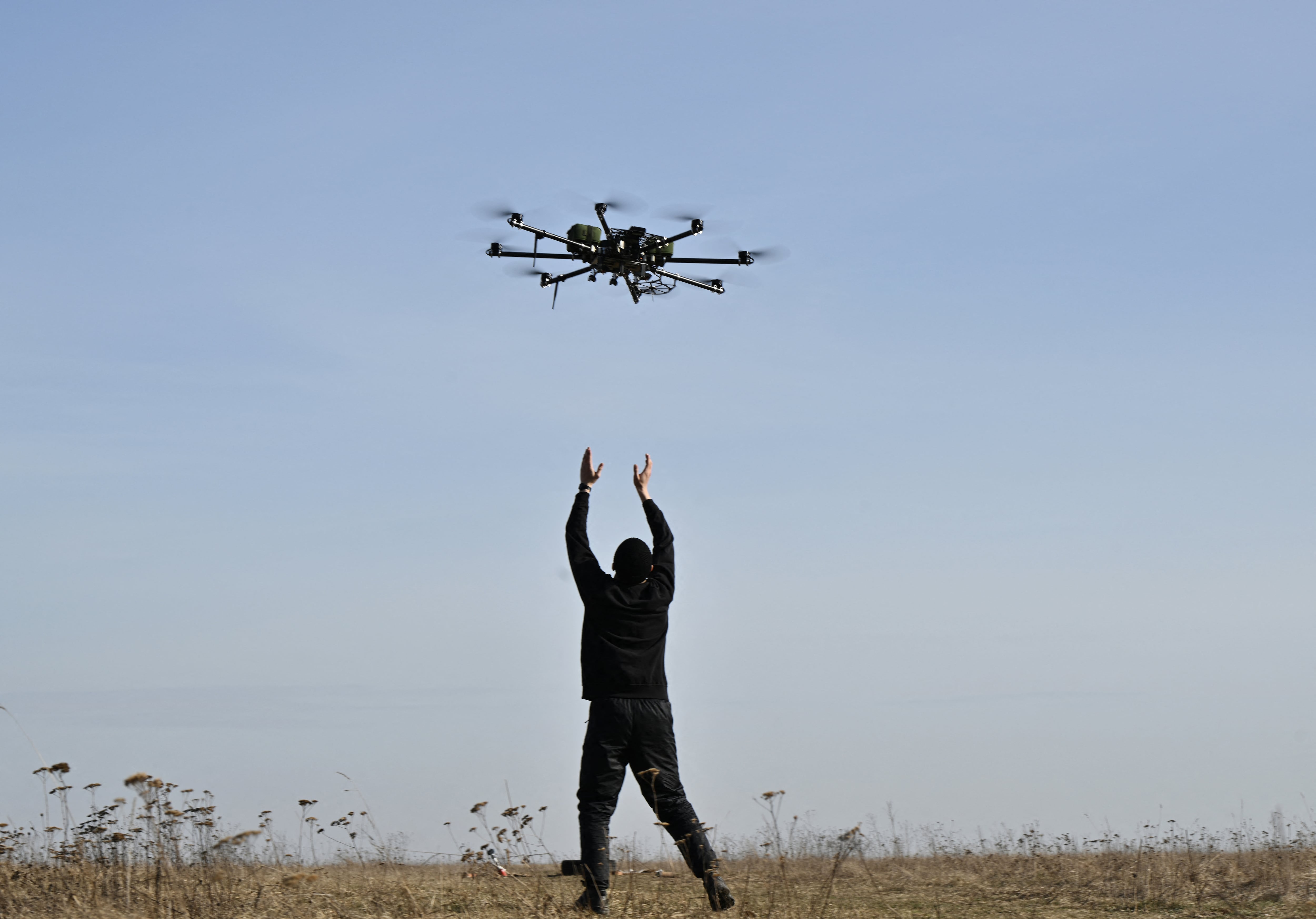Getting geospatial data to combat personnel in remote locations has never been easy. In the era of handheld global positioning systems and other sophisticated technologies, people with access to broadband or 4G networks have a decided advantage — and yet, the data provides a needed strategic edge in locations where those technologies cannot reach.
Resource: Joseph Fontanella explained the challenge of taking GEOINT to the tactical edge during a C4ISR & Networks webcast, now available for on-demand viewing (click here to view),
Until recently, according U.S. Army Geospatial Center Director Joseph Fontanella, handheld apps each had their own proprietary map standards, requiring a tremendous amount of battery power and bandwidth to stream. The Geospatial Center, part of the Army Corps of Engineers, was a leading participant in developing GeoPackage with the Open Geospatial Consortium. GeoPackage, released in early 2014, is a standards-based technology that greatly simplifies the resource demands.
Resource: Speaking during a C4ISR & Networks webcast, now available for on-demand viewing (click here to view), Fontanella explained the strategy.
Related: Testing the tactical network
"We're not reaching out to a 4G network. We're not reaching out to an app or a web service that's got your data and your application," he said. The map data has to be resident on the device in order to be useful away from the reach of a network.
"The typical area of operation's going to have thousands of square kilometers of map and imagery data," he added. Prior to the advent of GeoPackage, there was no real way to provide that data, he said.
The AGC assisted the Army's Nett Warrior program to implement handheld device support for GeoPackage, he said. Once in place, it allows a single set of maps to be made available to multiple applications, eliminating the need for multiple copies of similar maps to accommodate proprietary formats.








